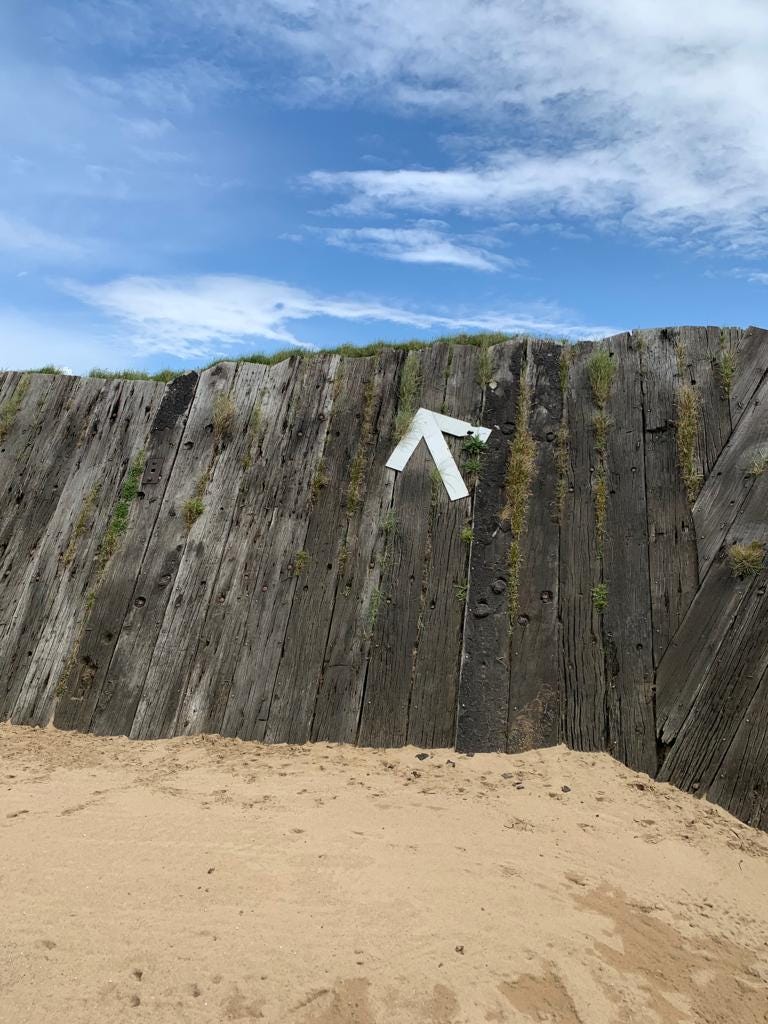It was about time I got to Royal North Devon. It’s been on the agenda, the bucket list, for longer than I can remember, but lately a few people have waxed lyrical of its charm, so the long-anticipated experience could wait no longer.
Not for the first time recently, the weather forecast was dreadful, and the playing partner I had lined up - the least fai…



